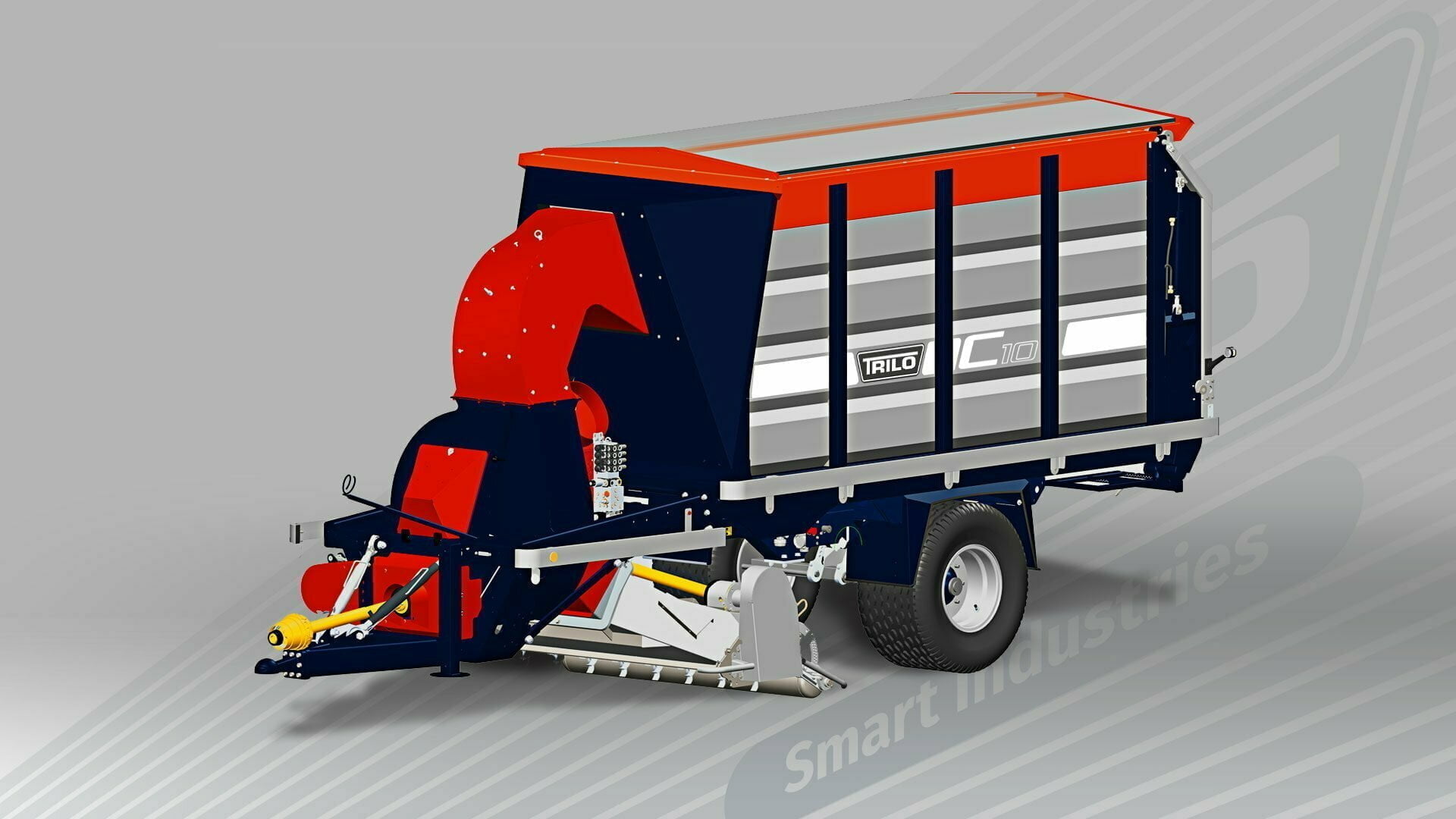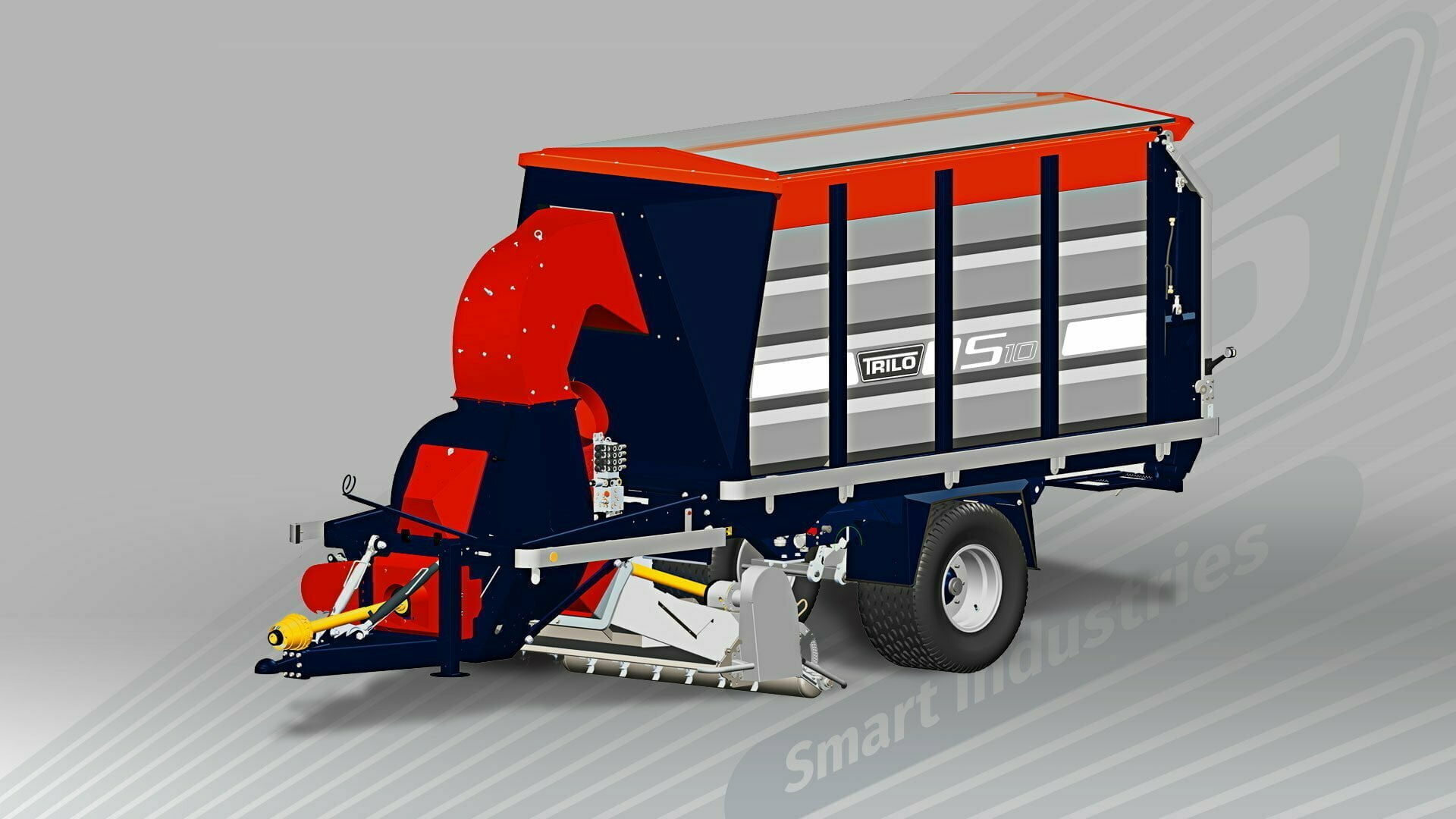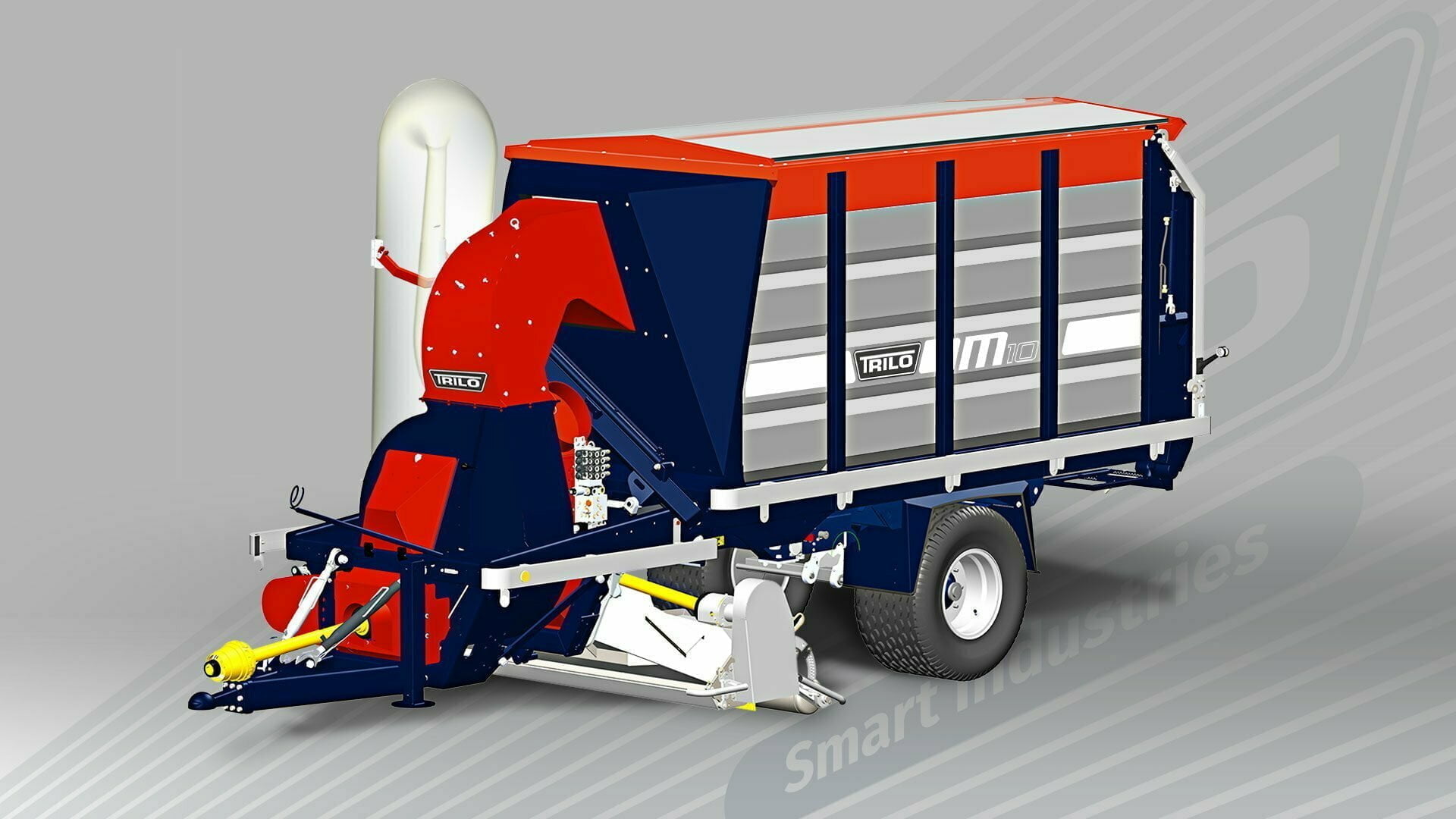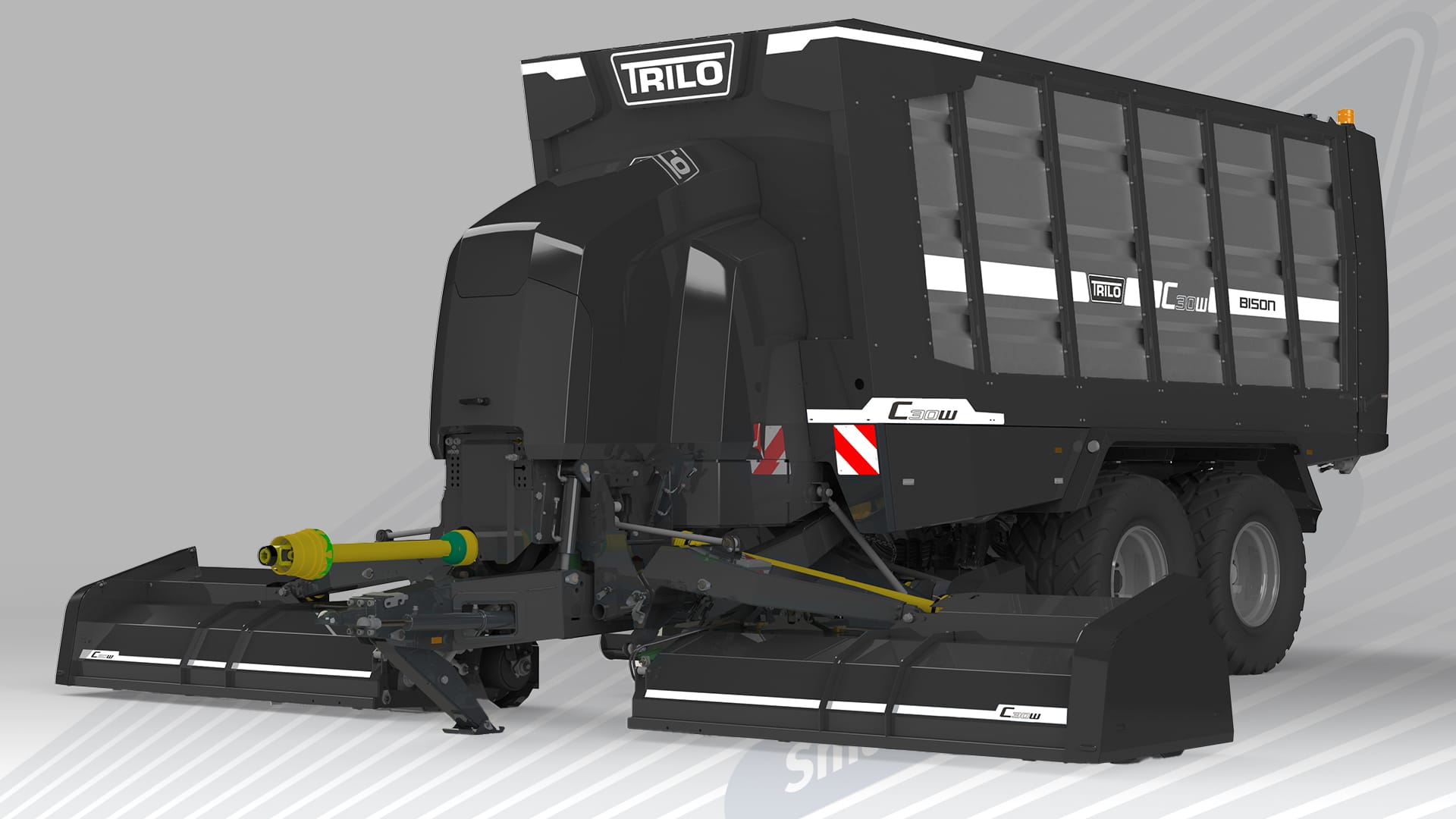Airport FPS and habitat management are important factors within airport safety. After all, the airport industry is increasingly struggling with bird strikes; a phenomenon that is a major problem for flight safety worldwide. The cause of the problem has a direct link to grass management. A subject where TRILO can apply its expertise.
TRILO has spent years researching the relationship between optimal grass management (tall and short grass policies) and the risk of bird strikes / wildlife strikes. Discussions with various parties within the airport sector, including airport habitat managers, have taught us a lot about the issue and possible solutions. This eventually led to the development of a series of unique machines specifically suited for optimal grass management at airports. An important contribution to flight safety!
The above figures show that the problem of bird / wildlife strikes is common and poses a significant threat to flight safety. And this problem is growing, as the number of bird strikes is increasing. Not only because of the increased number of flights and aircraft movements and the trend towards faster and quieter aircraft. But also due to the increased population of birds near airports.
Imagine a plane taxiing on the runway. The wings of an aircraft may hang over the side of the taxiway, right above the grass surface. The engines are now quite close to the grass and can easily pick up grass clippings. Or jet engines blow them on the runway. Thus creating a risk for the next plane taking off. When grass clippings end up in jet engines, they can damage fan blades, the edges of compressor blades or vanes. . Apart from this, grass that is not immediately removed can spread across the site and eventually clog drainage channels and gutters.
Furthermore, if grass clippings are left behind, an important food source for birds also stays behind Namely: the seed heads of the grass.. A favorite food source for granivorous birds. And, clippings that are left to rot over time also attract insects.
A similar danger is posed by FOD, another common problem at airports. FOD like plastic or paper waste, trash, broken parts, rags, etc. Any particle or substance that should not be on the runway, might find its way into an aircraft engine and is therefore extremely dangerous.

They are equipped with a heavy flail mowing shaft and have a design that enables mowing and collecting in one pass.

S10W-S20W are machines that are designed for maintenance of wide areas of grass. Excess grass clippings choke the grass and cause damage.

Unloading is also quick and easy because these vacuum trailers are equipped with a chain floor. These large multipurpose vacuum trailers can be used for various activities

Vacuum mower hi-volume wide-area: a cut and collect mower specially developed for heavy-duty airport mowing and biomulching.
Contact us for advice on the most effective machine for your airport
Got a question or need advice? Our team is always ready to assist you. Whether you need product information, support, or just some expert insights – we are just a message away.
A clean and safe environment. That’s what we at Trilo are dedicated to. Our high end machinery keeps cities and airports all clear.
We make sure we know your business and your challenges inside out. We assure you, it’s all clear.